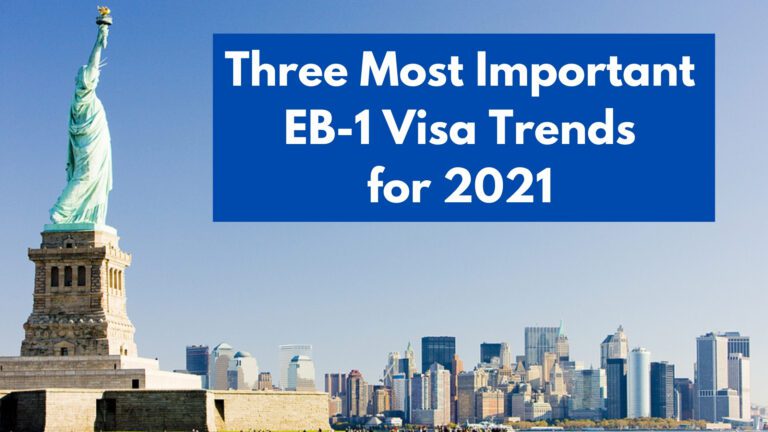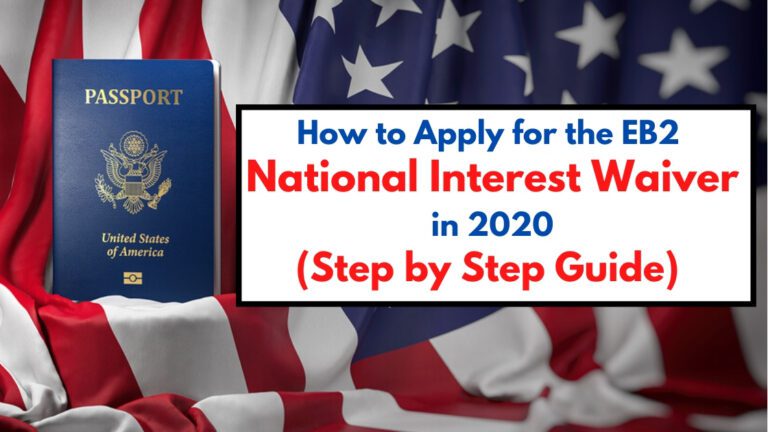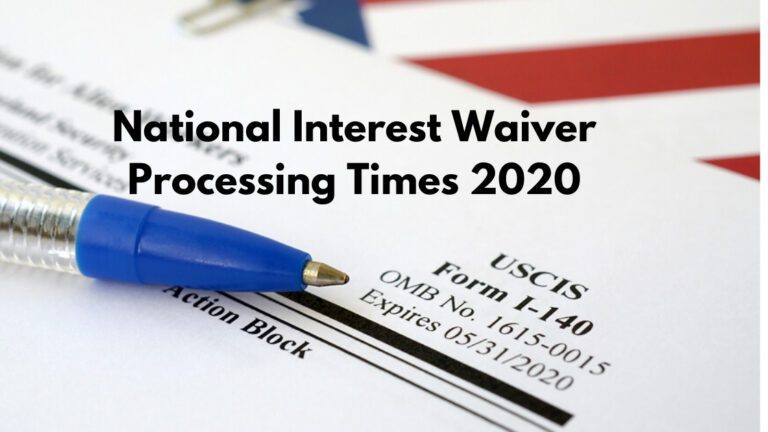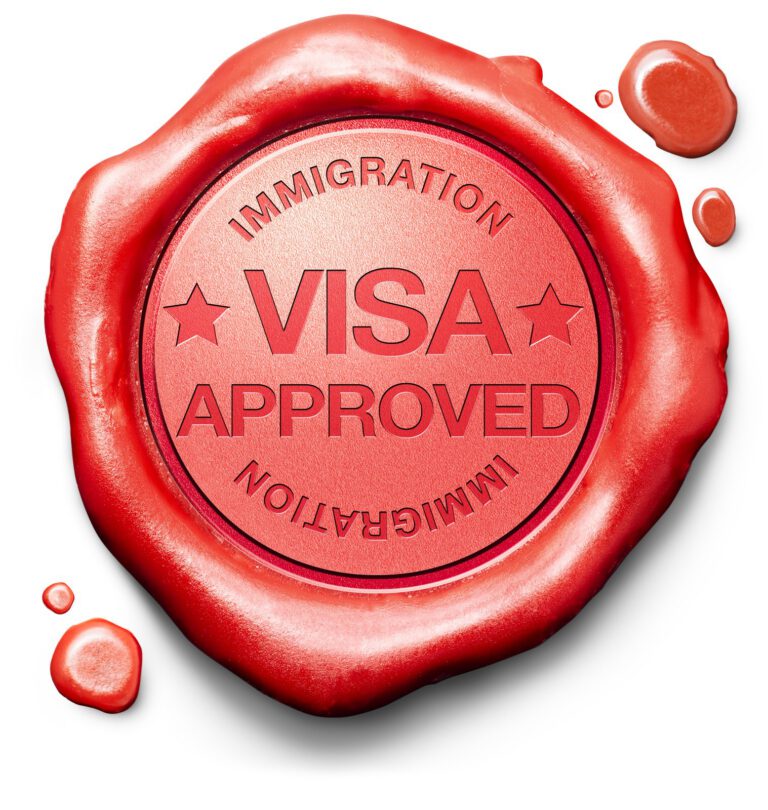Green Cards
Skilled Workers, Professionals and Other Workers May Qualify for an EB-3 Visa
Individuals seeking to live and work in the United States face an intimidating array of choices regarding the visas that authorize an individual to do so. There are two main classes of visas. The first set is intended for immigrants seeking to permanently put down roots in the United States. There are five main classes of this type of visa for permanent workers. The other set of visas is intended for individuals seeking to live and work in the U.S. on a temporary basis. Visas of this type are extremely numerous with at least 15-20 different classes available.
USCIS Provides Employment Visa Guidance Regarding “Same or Similar” Occupations
Section 204(j) of the Immigration and nationality Act (INA) provides for job portability for individuals living and working in the United States on an employment visa. The job portability provisions found in Section 204(j) can allow an individual to change jobs or receive a promotion while retaining their lawful immigration status. However, whether a job is portable is dependent upon whether one job holds “the same or a similar occupational classification” as the new job.
SEC, FINRA provide increased scrutiny concerning EB-5 Regional Centers & Private Placements
In recent years the EB-5 program developed from a little-known and infrequently used path to a permanent green card to a program that is attracting demand so intense that the program is exhausting its visa allotment. In 2014, EB-5 visas for Chinese nationals were exhausted in August due to significant interest from Chinese investors. This was the first time in the program’s 24-year history that visas ran out for any country. In 2015, continuing demand from China resulted in the visa allotment for Chinese nationals to be exhausted even earlier.
Despite Extension, Congressional Battle Over EB-5 Visa Program Reform Continues
When we last discussed on the ongoing saga concerning EB-5 visa and its reauthorization, the program had been reauthorized by Congress in its current form. Thus, no changes were made to the program that has been in operation since the early 1990s. Furthermore, the program was not expected to be subjected to any amendments, alterations, or other changes until after the expiration of its reauthorization on September 30, 2016. However, like most items handled by recent Congresses, the handling of issues and concerns has been extremely unpredictable and subject to erratic and unexpected changes.
Expected Reform May Make Obtaining a Green Card Through EB-5 More Difficult for Chinese Investors
In August, a State Department official warned intending immigrant-investors and other EB-5 stakeholders that no more EB-5 visas would be issued until the new government fiscal year in October. This marked the first time in the history of the EB-5 program that the program had run out of its allotment of 10,000 visas for the year. In August, it seemed as though time would bring clarity to the status and direction of the EB-5 and regional center programs.















